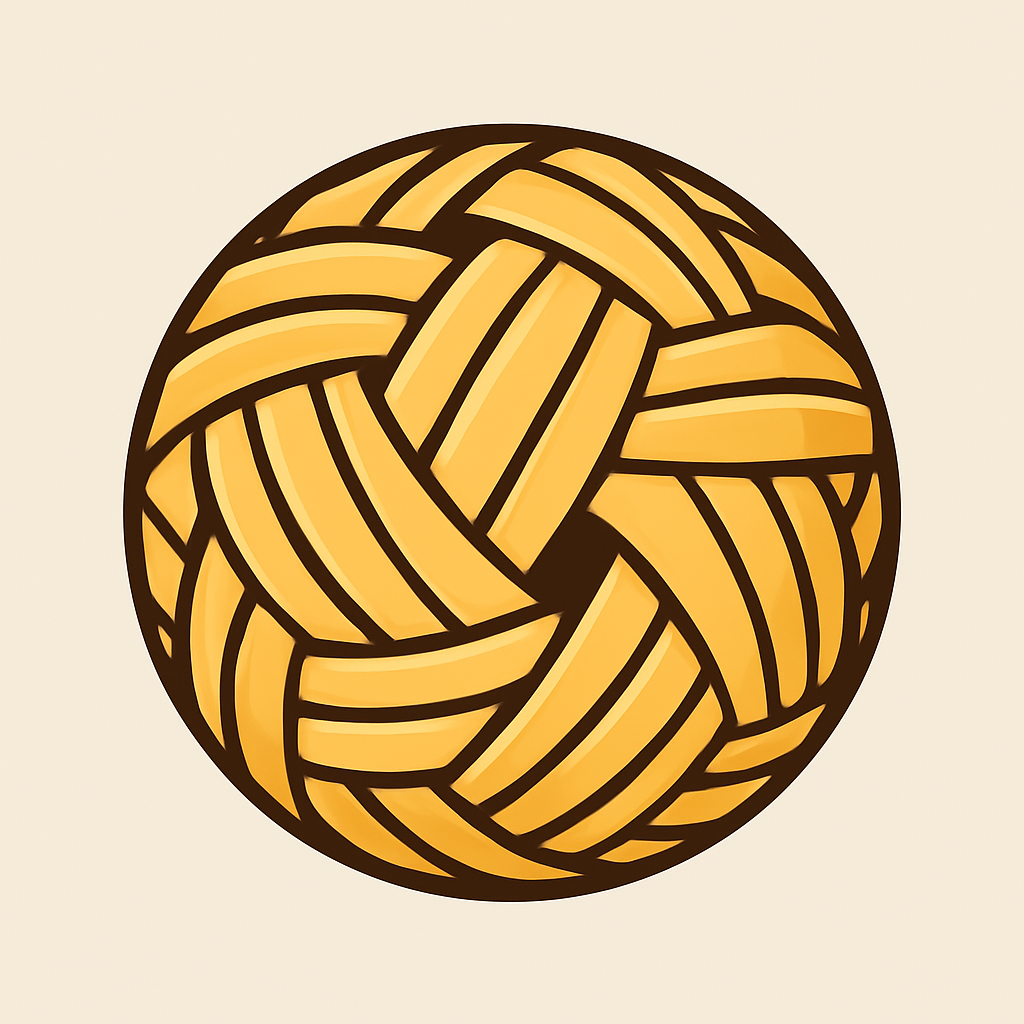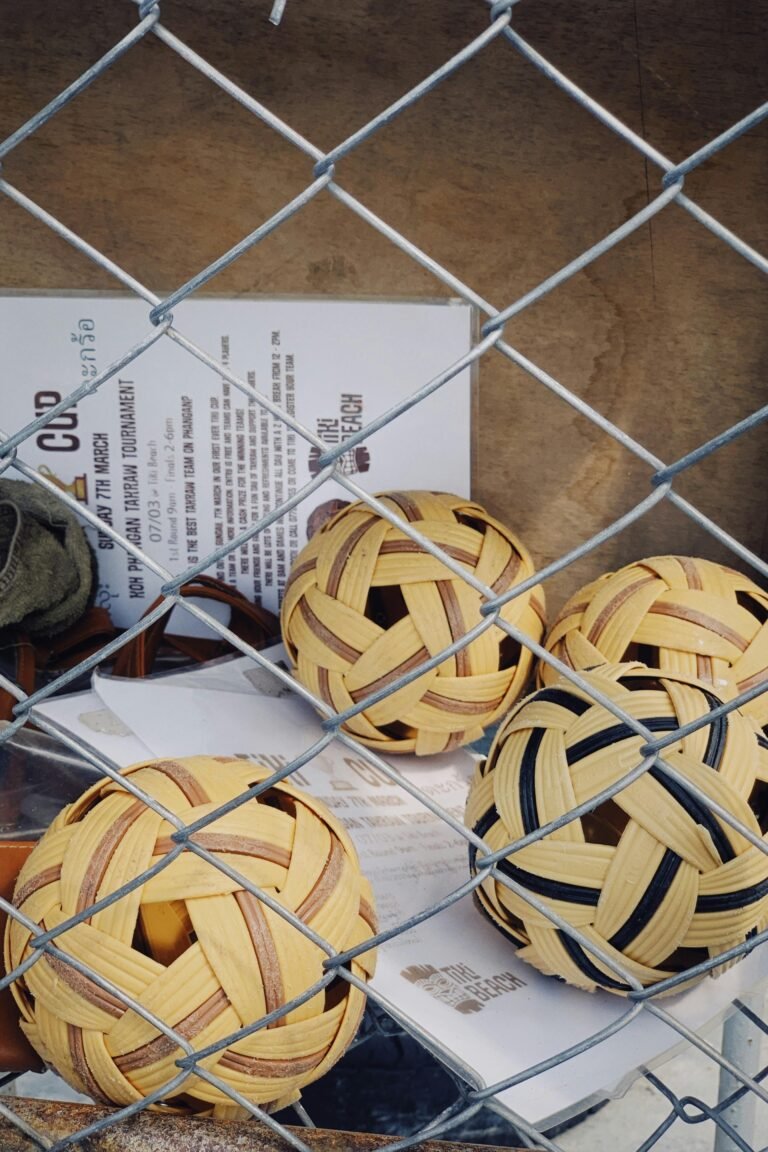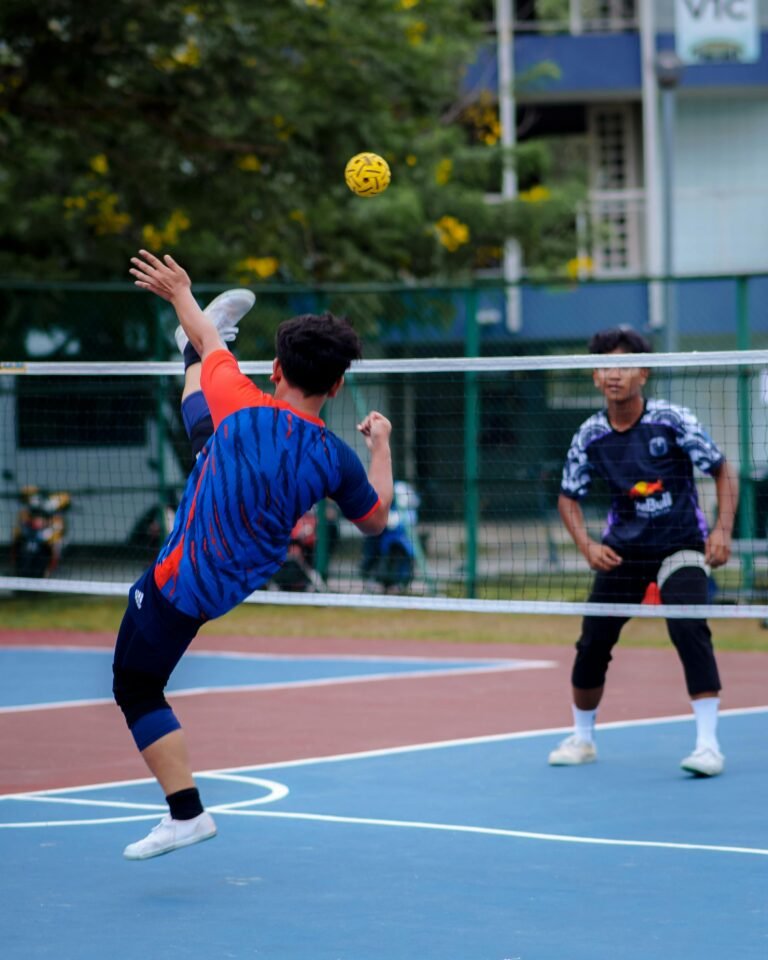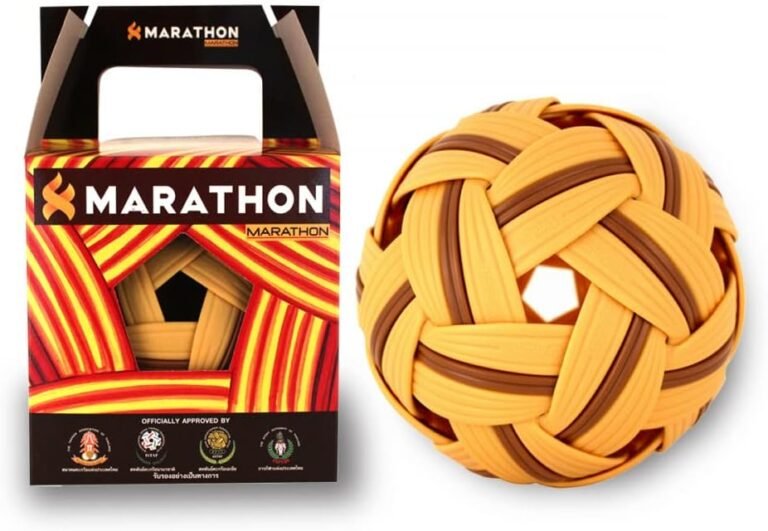
The Origins and Evolution of Sepak Takraw
Sepak Takraw, a sport that is both visually captivating and physically demanding, has its origins deeply rooted in the cultural fabric of Southeast Asia. Its name derives from the Malay word ‘sepak,’ meaning to kick, and ‘takraw,’ meaning a woven ball, which showcases the sport’s emphasis on skillful footwork and coordination. While the exact timeline of its inception remains unclear, historical evidence suggests that sepak takraw was played in various forms as far back as the 15th century, making it a traditional pastime in countries such as Malaysia, Thailand, and Indonesia.
The sport initially took shape as a recreational activity, often played in informal settings where communities gathered. Traditionally, players would use a rattan ball, which is notable for its lightweight properties, allowing for high-flying kicks and intricate maneuvers. Over the years, elements from various sports, including volleyball and gymnastics, have been integrated into the gameplay, creating a unique blend that distinguishes sepak takraw from other ball sports.
As time progressed, the popularity of sepak takraw began to transcend local boundaries, spurred by tournaments and the establishment of formal rules. In the 20th century, the sport underwent a significant transformation as it garnered international attention, particularly during the late 1960s and 1970s. With this growing interest, official governing bodies were established, and the sport began to be recognized on global platforms. The Southeast Asian Games and various international competitions played a crucial role in the formalization of the rules and promoting the sport across diverse cultures. This transition marked sepak takraw’s evolution from a local pastime to an internationally recognized competitive sport, eventually leading to its inclusion in multi-sport events globally, showcasing the incredible talent and acrobatics of its athletes.
Understanding the Techniques and Gameplay of Sepak Takraw
Sepak takraw, often referred to as the sport of “kick volleyball,” is characterized by its unique and intricate techniques that players must master to excel. The foundational skills integral to the game include proficiency in footwork, aerial kicks, and a strong understanding of team dynamics. Players utilize a blend of agility and strategic positioning, allowing for effective movement across the court. The ability to read the game and anticipate opponents’ actions is crucial, making agility an essential trait for successful players.
One of the most distinctive aspects of sepak takraw is the use of aerial kicks. Players strike a rattan ball, known as the “takraw,” with their feet, using various techniques such as the serve, spike, and block. Each technique requires precise timing and flair, as players often perform acrobatic moves to manipulate the ball’s trajectory. The spectacular nature of these kicks not only highlights individual skill but also raises the overall excitement of the game.
The gameplay mechanics of sepak takraw vary depending on the format being played. In singles, two players face off, each striving to outmaneuver the other. Doubles format involves pairs of players, requiring heightened communication and coordination. Team competitions expand this further, as teams of three players must work in unison to effectively execute strategies. Each format brings its own challenges, but the common thread among them is the emphasis on teamwork and mutual support, as players must continually adapt their gameplay to ensure success.
Overall, the interplay of agility, coordination, and an understanding of the game’s strategies creates a dynamic and fast-paced environment in sepak takraw. Mastery of these techniques not only enhances individual performance but also fosters a cohesive team spirit, crucial for thriving in this extraordinary sport. As players refine their skills, they contribute to the evolution of sepak takraw, maintaining its status as an exciting competitive endeavor worldwide.



